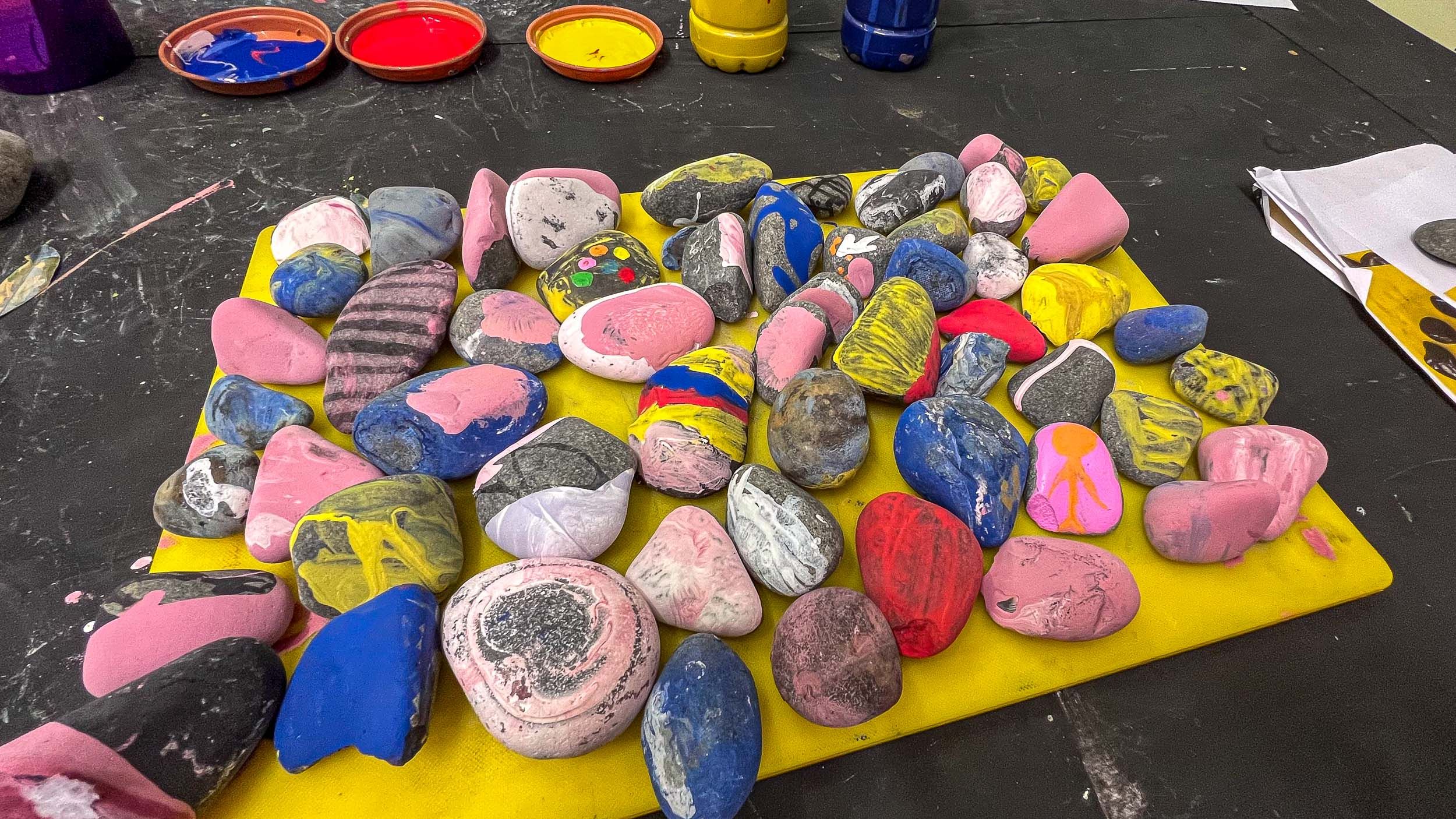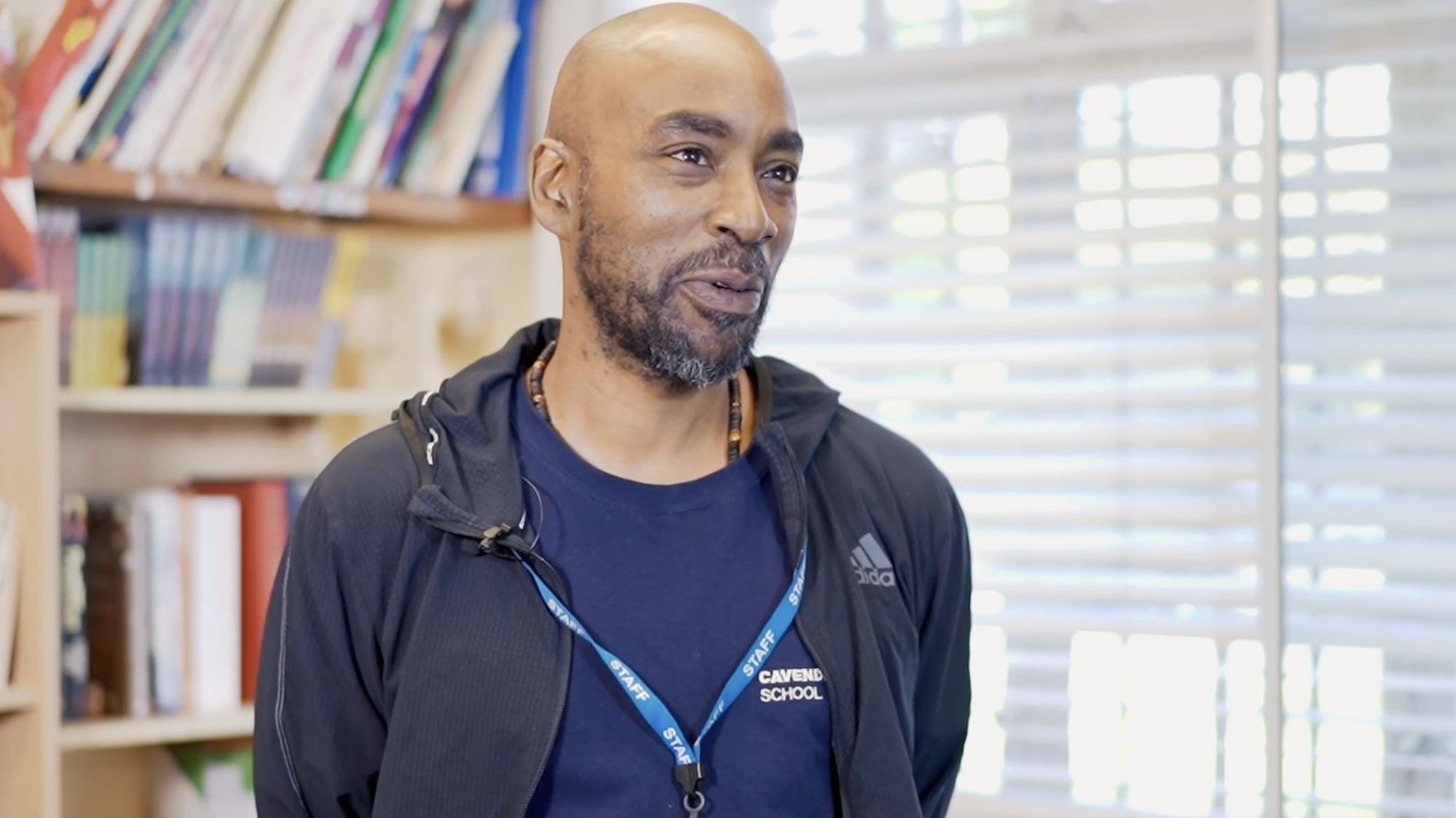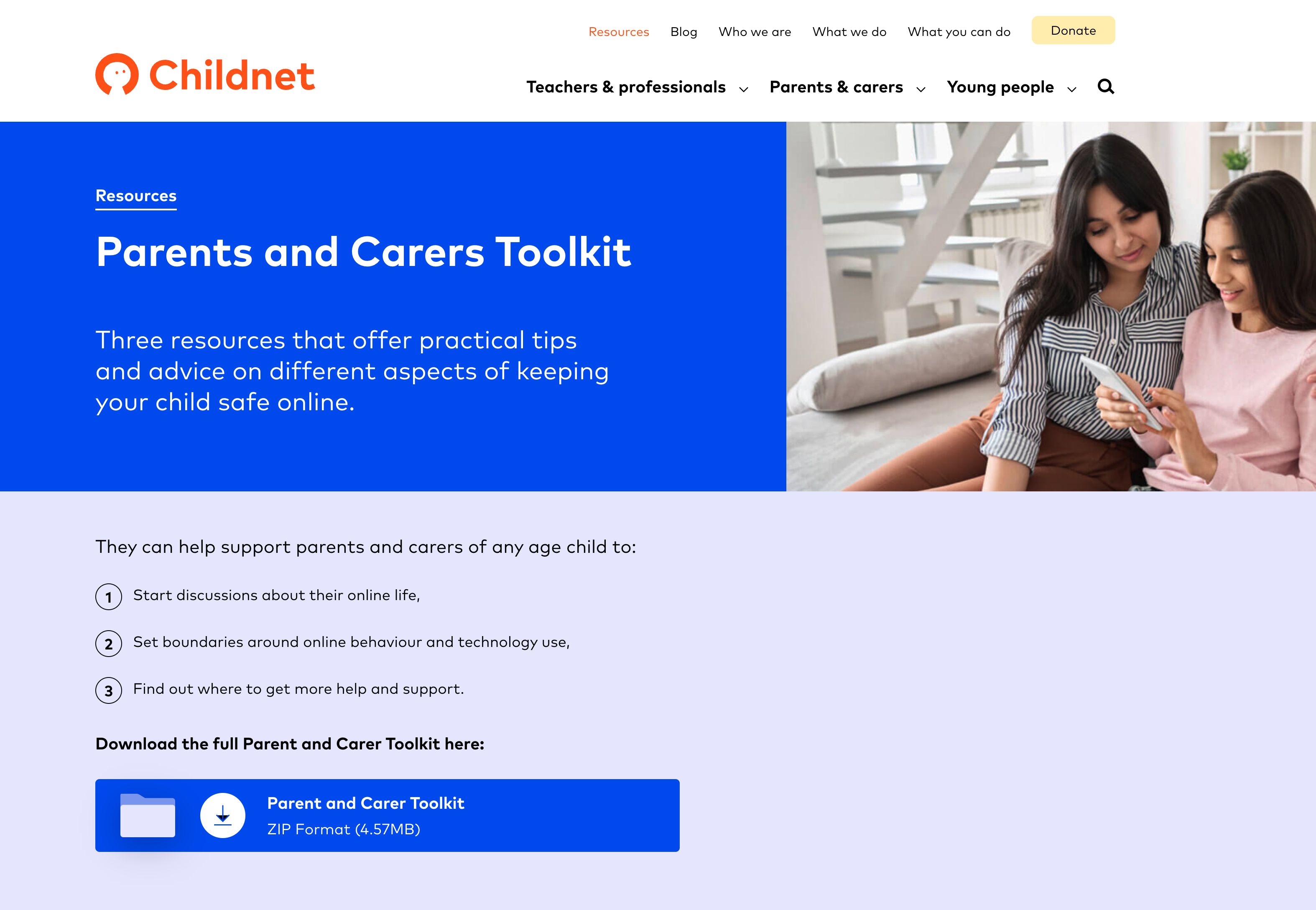
Online Safety
Cavendish School Internet Acceptable Use and E-Safety policy.
E-Safety
The internet has changed all of our lives, particularly our young people. At Cavendish School, we strongly encourage the sensible use of digital and online technologies. They open up huge possibilities for learning for all our young people; young people can use the internet to research new information, as well as connect to other young people they know online or via mobile phone. For parents and carers, this opens up a whole new world of things to be aware of, in particular the need to ensure your child’s safe and responsible use of technology. On the links below you will find lots of useful information about e-safety here at school. If you have any queries, please contact the school and speak to a member of the E-Safety team.
Young People’s E-Safety Learning
Every school, the PHSE teacher teaches our young people about being safe online. We also aim to provide e-safety events and workshops led by external e-safety experts. The school signs up for "Safer Internet Day" annually as well as holding workshops. Dates and details of these can be found in the "News" and "Events" section of our website.
Acceptable Use Agreements
At school, we ask all students, staff and volunteers to complete Acceptable Use Agreements and we ask our parents to complete a Parent / Carer E-Safety Agreement form as well as an E-Safety Questionnaire Survey. These are documents that outline how we expect members of our school community to behave online and cover things such as:
Letting a trusted adult know if something they don’t like has happened online or via phone – we want them to “flat it” with us
Taking care of IT equipment
Blocking people who send nasty messages and not opening unknown links and attachments (preventing viruses, malware and adware from infecting school systems) - where we let them know to “block it”
Behaving in a positive, friendly and responsible way online
We also highlight the need to ‘zip it’, keeping their personal information private.
ZIP IT - Keep your personal stuff private and think about what you say and do online
BLOCK IT - Block people who send nasty messages and don't open unknown links and attachments
FLAG IT - Flag up, with someone you trust, if anything upsets you or if someone asks to meet you offline
Risks your child may face online
The ‘ThinkuKnow’ website has lots of information about the possible risks your child faces online. Click on the hyperlink that runs across the home screen which will take you to some practical information on how to support your child in staying safe online, such as:
Cyberbullying
Grooming
Inappropriate websites
Losing control over pictures and video
Viruses, hacking and security
What you can do to help
As a parent or carer, you have a challenging job: you need to know what your children are doing online and also to help them do it safely. With technology changing on a day-to-day basis, the best way to stay informed is to get involved. Conversation starters might include watching some of the videos on the ‘thinkuknow’ website together and talking about them afterwards, or asking your child to teach you how to do something online. You can use these discussions as a basis for reaching family agreements about how the internet and mobile phones should be used at home and when they are out and about with their friends.
If you are speaking with your child about e-safety and they say something that concerns you, don’t panic – try to keep an open mind. Your key role is listening, calming and providing reassurance that the situation can get better when action is taken. Provide a quiet, calm place where they can talk about what is happening. Listen and reassure them that coming to you was the right thing to do. It may not be easy for a child to talk about their concerns so it is important to try to find out how they are feeling, what has happened, when and where. However, at this stage it is not so much about establishing a set of facts as listening, encouraging and talking – it could be that through your discussion your concerns will be allayed as you understand more about their experiences and feelings.
We also recommend the following:
Don’t deny access to technology. This may prevent your child from speaking to you about e-safety and possible concerns. Some of our students are worried that if they tell someone about anything bad that has happened online, their access to the internet or phone will be removed. The best thing we can do for the children is to teach them how to deal with technology, not to avoid it.
Discuss e-safety with your child. Explore the tools available together and know how to report nasty messages or inappropriate behaviour.
Save the evidence. Encourage your child to save the evidence of any messages they receive. This is so they have something to show when they do report the abuse.
Don’t reply. If your child is experiencing cyberbullying, most of the time the bully is looking for a reaction when they are teasing or calling someone nasty names. Tell your child not to reply. If they do they’re giving the bully exactly what they want. Instead, they should tell someone about what they have seen.

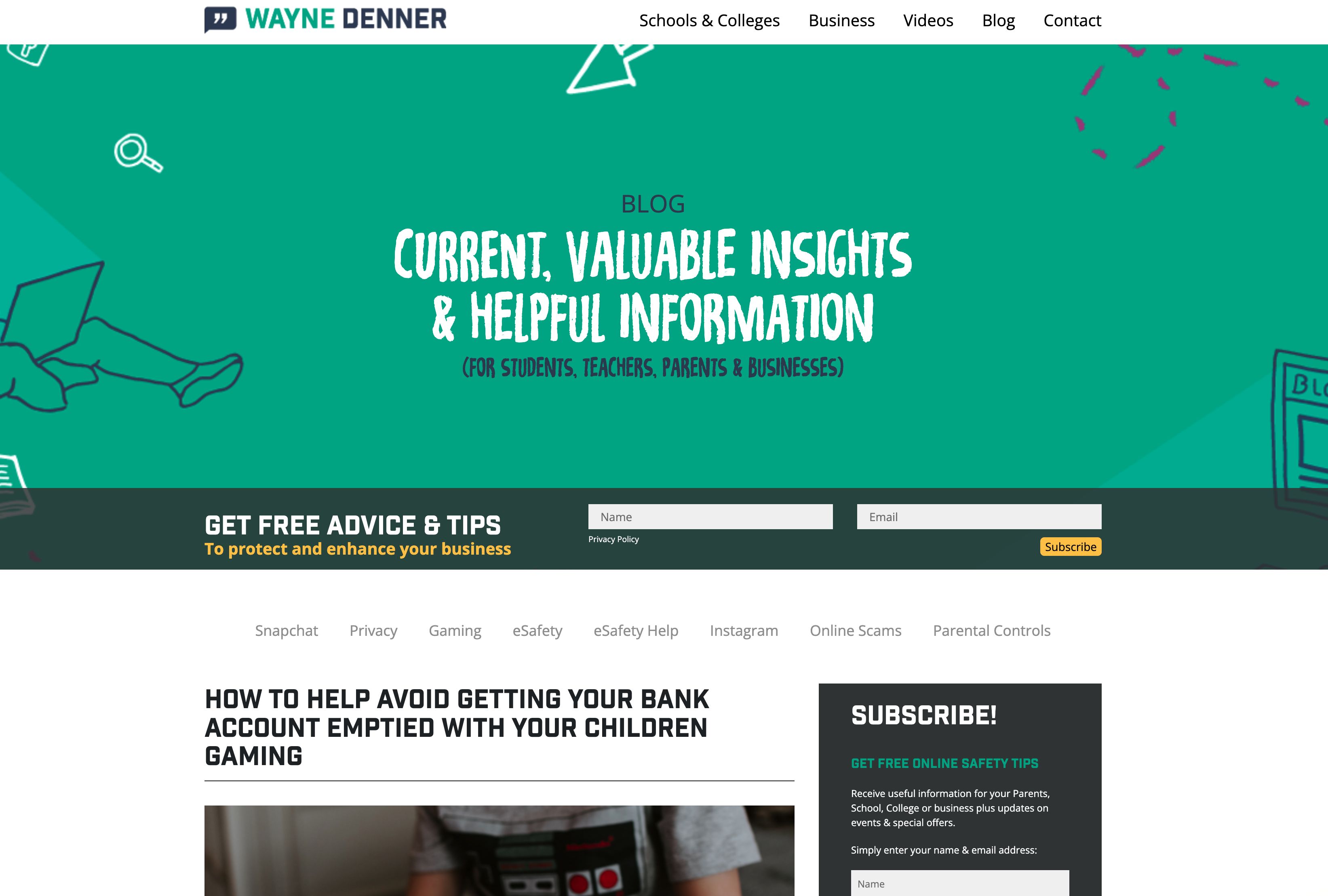
Wayne Denner
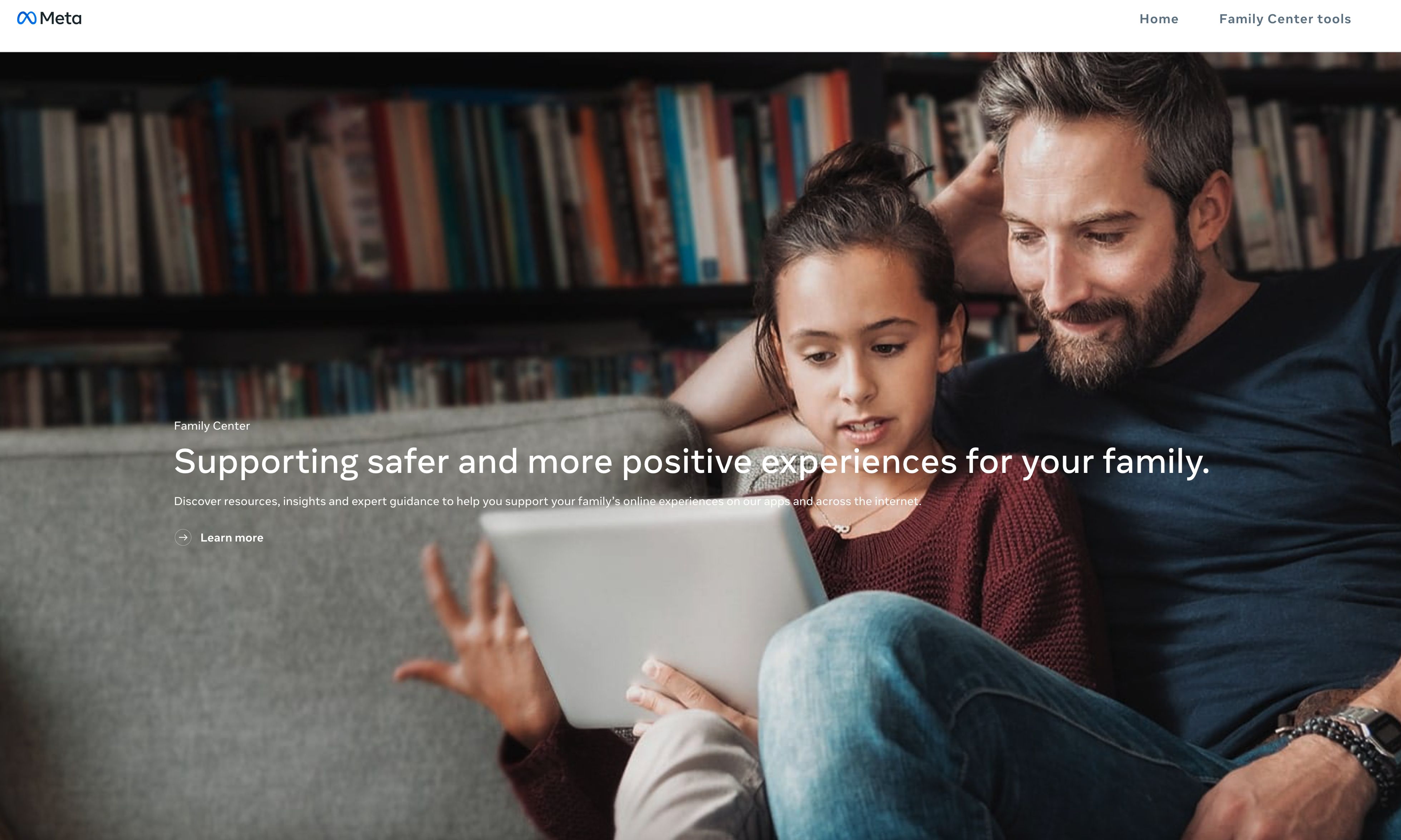
Family center Meta
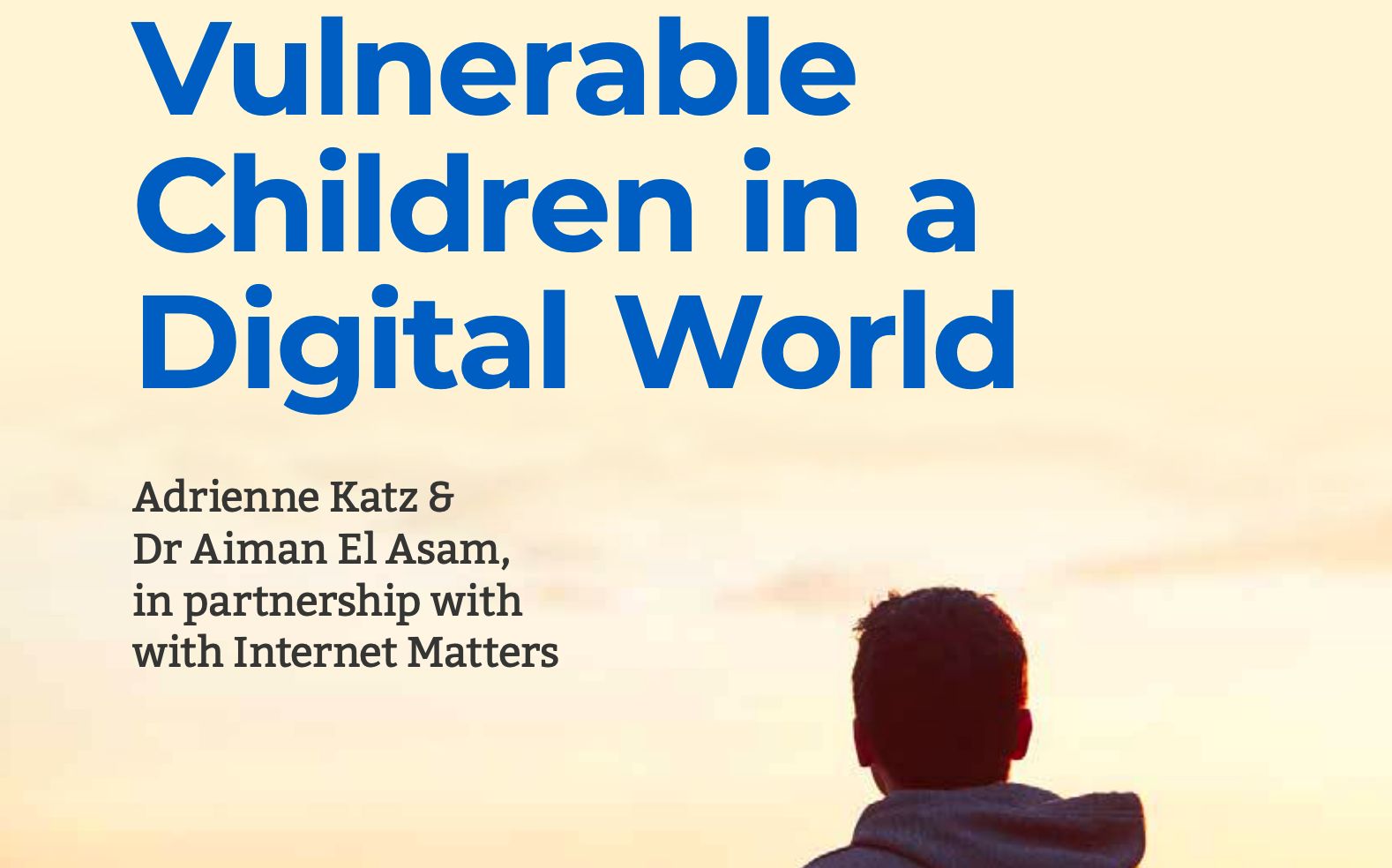
Vulnerable Children in a Digital World

TikTok Family Safety Toolkit
Download PDF
Download PDF
Download PDF
Download PDF
Download PDF
Download PDF
Parents/Carers
